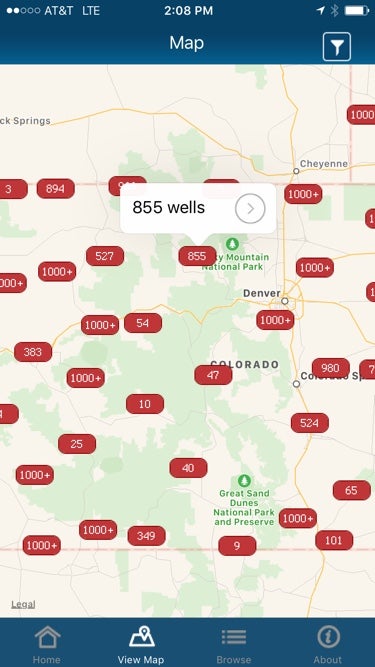 This post was updated on June 5, 2017.
This post was updated on June 5, 2017.
My first week on the job at Environmental Defense Fund was also the week the Trump administration released its full federal budget proposal. I joined the EDF+Business team after working at the U.S. Department of Energy (DOE), implementing technology-to-market innovation partnerships for the Office of Energy Efficiency and Renewable Energy (EERE). The proposal slashes EERE and related offices and programs that have been at the forefront of successful public-private partnerships. At a time when the U.S. is backing out of the Paris Climate Agreement and federal clean energy technology investments are critically and urgently needed, this budget threatens American innovation.
Funding that nurtures new businesses without requiring their owners to give up any stake in their companies can be make-or-break for the early-stage startups that drive innovation. When government, well-positioned to make this kind of unique investment, puts forth tax-payer dollars, it encourages the private sector to buy-in as well—oftentimes with a multiplying effect. DOE has created opportunities like these that reduce risks for both entrepreneurs and investors. It is through this public-private collaboration that meaningful partnerships and lasting progress are possible for clean energy and our nation’s economy. Read More












 On a warm December day, I stood in a jojoba field in the Negev Desert in southern Israel and watched water slowly seep up from the ground around the trees. First a tiny spot, then spreading, watering the plants from deep below. This highly efficient system is known as drip irrigation, and I was there to meet with the world’s leading drip irrigation company, Israel-based Netafim.
On a warm December day, I stood in a jojoba field in the Negev Desert in southern Israel and watched water slowly seep up from the ground around the trees. First a tiny spot, then spreading, watering the plants from deep below. This highly efficient system is known as drip irrigation, and I was there to meet with the world’s leading drip irrigation company, Israel-based Netafim. It’s that time again. Texas leaders are meeting in Austin for the 85th Legislative Session and the next five months will be an interesting wrestling match over human rights, voting rights, bathroom rights, and local rights.
It’s that time again. Texas leaders are meeting in Austin for the 85th Legislative Session and the next five months will be an interesting wrestling match over human rights, voting rights, bathroom rights, and local rights.